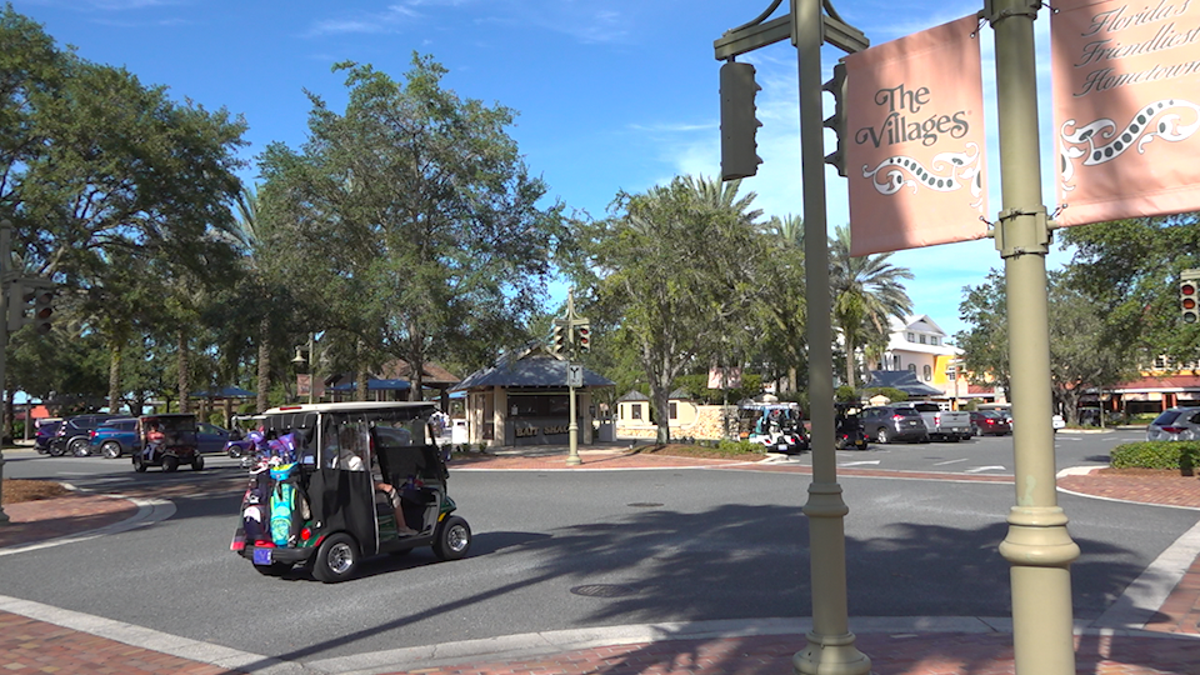-
Shopping Tools
-
Care & Maintenance
-
About
-
Dealer Login

Across master-planned neighborhoods, resort-style communities, and active-adult developments, a golf cart offers a practical way to move people and gear without the noise or bulk of full-size vehicles. Owners praise the simplicity—hop in, go a mile or two, park beside a clubhouse or pool—while enjoying the fun factor of open-air travel. Below, we explain why carts are popular close to home, what families actually do with them, and how to think about local rules and best practices.
Slow speeds and open seating invite conversation. It’s common to wave to walkers, stop for a quick chat, or cruise as a group to a concert on the green. The cart becomes a social bridge that draws the community together.
Short hops to the pool, playground, or practice field are smoother with room for kids, backpacks, and snacks. Multi-row seating and flip seats make it easy to carry a cooler or game-day gear along with the crew.
For grandparents, expecting parents, or anyone managing limited stamina, carts reduce long walks, hills, and heat exposure. That comfort keeps more family members involved in neighborhood activities.
Charging is straightforward, routine upkeep is light, and parking is simple. For frequent short trips, a cart can feel easier and more economical than taking a larger vehicle.
Zip to the market, pharmacy, or coffee shop with tote bags in the rear. Many owners keep reusable bags, a small cooler, and a bungee strap onboard so impromptu errands are effortless.
Coordinate with after-school activities or neighborhood lessons. Add labeled hooks or bins for sports gear and instruments so everything stays organized between stops.
For quick visits to an on-site clinic, wellness center, or therapy session, the cart saves time and energy. Keep a small essentials kit—water, sunscreen, umbrella—ready for comfort between appointments.
Arrive at outdoor movies, concerts, and farmers’ markets with folding chairs and a blanket. The cart doubles as a staging area for coolers, craft booths, or volunteer supplies.
Sunset loops, weekend breakfast runs, or ice-cream rides become small rituals. Because carts encourage slower travel, the journey itself turns into shared, screen-free time.
Requirements differ by city, county, and homeowners’ association. Some communities allow carts on designated paths and specified neighborhood streets; others limit use to private property or marked lanes. Before you buy or ride, check:
Bottom line: follow your local framework and posted signage. When in doubt, contact community management or city offices to confirm permitted routes and equipment needs.
Start with capacity (four vs. six seats) and typical routes (flat vs. hilly). Lithium batteries offer quick charging and consistent performance; choose a pack sized to your longest day with a 20–30% reserve. Prioritize comfortable seating, clear lighting, mirrors, and storage. If your area has rules about equipment, select a configuration that meets them from day one.
Neighborhood carts thrive because they make everyday life easier and more communal. Whether you’re running errands, cheering at the park, or cruising to a block party, a thoughtfully chosen, well-maintained cart turns short distances into small joys—and helps the whole community feel a little closer.
